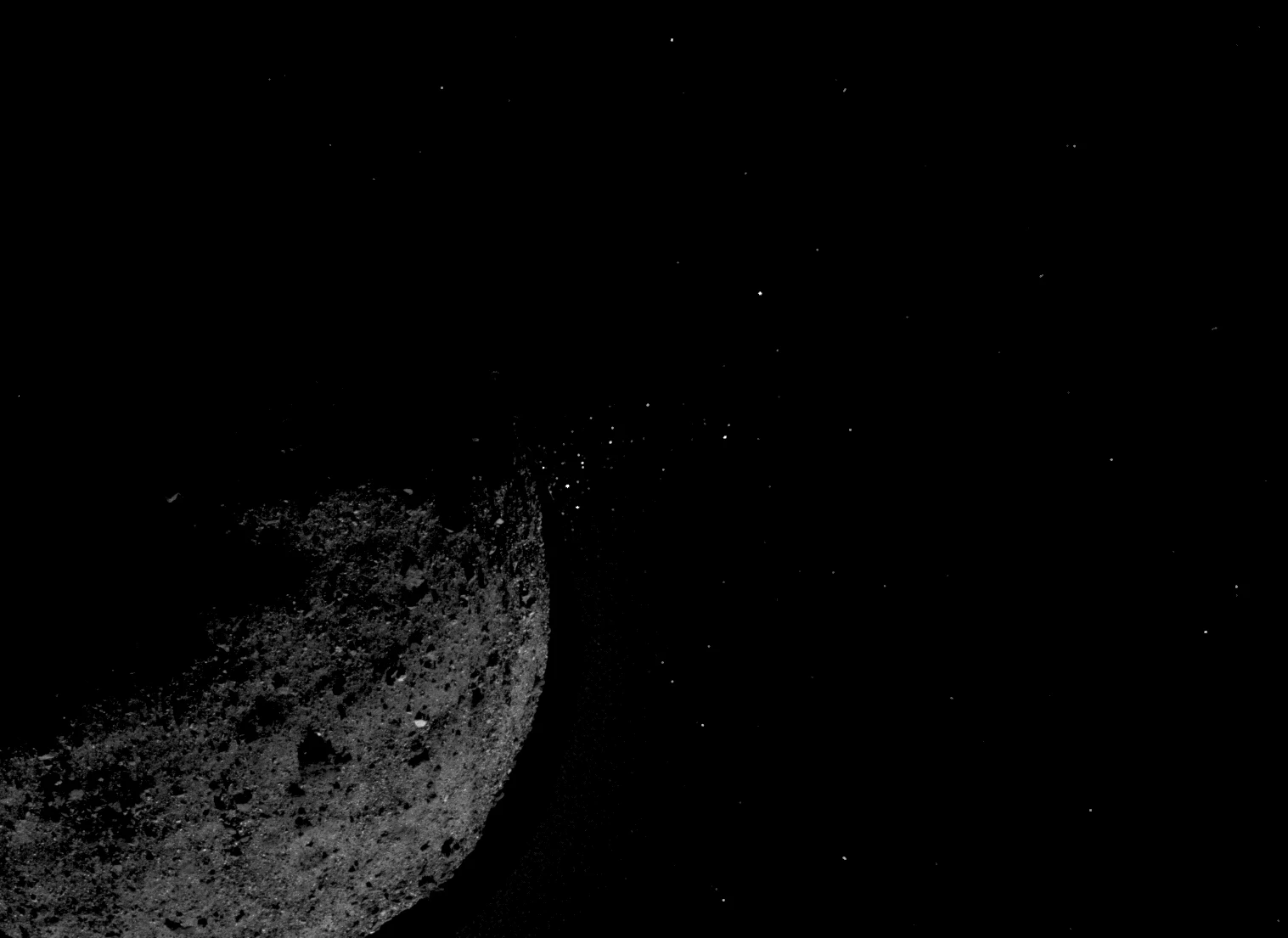NASA's Origins, Spectral Interpretation, Resource Identification, Security, Regolith Explorer (OSIRIS-REx) robotic deep-space probe is returning from the near-Earth asteroid Bennu. On May 10, 2021 at 4:23 pm EDT, the spacecraft began its 2.5-year journey to Earth laden with rock and dust samples as its four high-thrust main engines fired for seven minutes to reach a relative velocity of 600 mph (1,000 km/h).
Today's departure comes after weeks of preparations as Mission Control waited for Bennu to reach the optimum position for the return flight to Earth. The imaging cameras switched off on April 9, system checks were completed, and updates were sent to OSIRIS-REx after the final calculations were made to ensure that the sample return capsule will hit the Earth's atmosphere at the right angle on September 24, 2023, so it survives re-entry and parachutes down to the recovery area at the Utah Test and Training Range in Utah's West Desert.
As planned, only the sample return capsule carrying rocks and dust collected from Bennu will actually reach the Earth. When OSIRIS-REx makes its final approach, it will jettison the capsule, which will continue on its own momentum. Meanwhile, the mothership will go into a heliocentric trajectory inside the orbit of Venus.

Because OSIRIS-REx still has a lot of fuel left in its tanks, NASA hopes to use the spacecraft for a future mission to another asteroid, which may be selected later this year if such a mission is found to be feasible. In the meantime, NASA will track the spacecraft using the agency's Deep Space Network and make course corrections as required on its way to Earth.
"We need to do regular corrections to bring the trajectory increasingly closer to Earth’s atmosphere for the sample release, and to account for small errors that might have accumulated since the last burn," says Peter Antreasian, OSIRIS-REx navigation lead at KinetX Aerospace in Simi Valley, California.
Source: NASA






